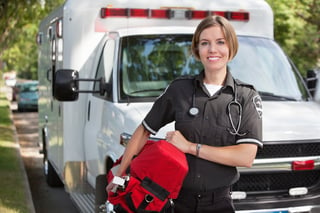 The EMS profession is ever evolving. As technology provides new innovations in medical care and patient transport, service providers have begun adopting these changes. The 2016 EMS Trend Report identifies many current trends in emergency medical care, from the adoption of new practices to the continuation of tried and true formulas, as well as the cessation of old outdated ideas. The roles of administration and field emergency medical providers within the organization are changing as well, reflecting the changing needs of the public and our overall economic health.
The EMS profession is ever evolving. As technology provides new innovations in medical care and patient transport, service providers have begun adopting these changes. The 2016 EMS Trend Report identifies many current trends in emergency medical care, from the adoption of new practices to the continuation of tried and true formulas, as well as the cessation of old outdated ideas. The roles of administration and field emergency medical providers within the organization are changing as well, reflecting the changing needs of the public and our overall economic health.
Here is a synopsis of EMS trends presented in this report.
Therapies and Procedures
Over 80% of reporting EMS services cited the use of CPAP (continuous positive airway pressure) to provide respiratory assistance, a technology rarely employed by EMS just 15 years ago. Therapeutic hypothermia is a therapy on the rise. While fewer than half of providers currently employ this technique, new guidelines are continually emerging in the use of hypothermia for post cardiac arrest resuscitation treatment. Also increasing in use are automated chest compression systems like the LUCAS™ and AutoPulse® while ultrasound and impedance threshold devices showed limited adoption by providers.
Administrative Budgets
The trend report indicated that the recovery from the 2009 recession has been slow for many organizations including EMS. The good news is that fewer than 10% of facilities reported a budget decrease. The majority of facilities either reported no budget change or a small increase. The vast majority of budget increases reported were 4% or less, showing that EMS trends include slow but steady growth.
Measuring Response Times
If your facility response times vary widely from industry competitors, it may not be your timing, but how you measure it. Survey results showed that response time varies widely based on exactly how it is measured. The majority of service providers start measuring at the conclusion of the call as a unit is dispatched (47%). Other providers begin measurement earlier, however, at the first keystroke when the phone is answered, or when the call/location type is determined, causing widely varied response time reporting.
Healthcare Integration
As technology evolves, many people have come to think of EMS not as a separate emergency response, but as a more integrated mobile and rapid response branch of the larger healthcare system. When asked if EMS was becoming more largely integrated with the overall healthcare system, 85% agreed or strongly agreed. In fact, many respondents indicated that the term "mobile integrated health care" described the profession better than the current, "emergency medical services". Others preferred "mobile health", "prehospital care" or just "paramedicine".
These EMS trends will be interesting to follow over the next few years. However, be assured that extricating, lifting and moving patients will continue to be a major aspect of the range of responsibilities. And, Graham Medical will continue to provide EMS providers support with the MegaMover® Patient Transport Units and other emergency care products.

